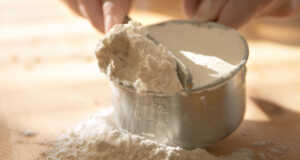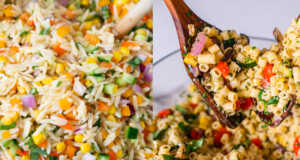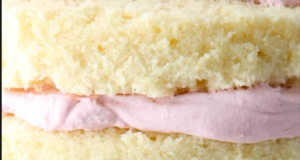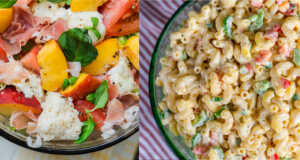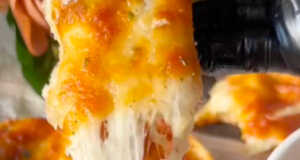When I think of pasta, the first thing that comes to mind is spaghetti — I’m sure you’ll agree with me to some degree. Whether it’s in a bed of cream or a pool of marinara, the love for this long noodle has never had borders, practically every culture will be giddy to dig into a bowl of spaghetti! One country takes the classic spaghetti and tomato sauce and makes a faster, and may I say, unexpected sauce.
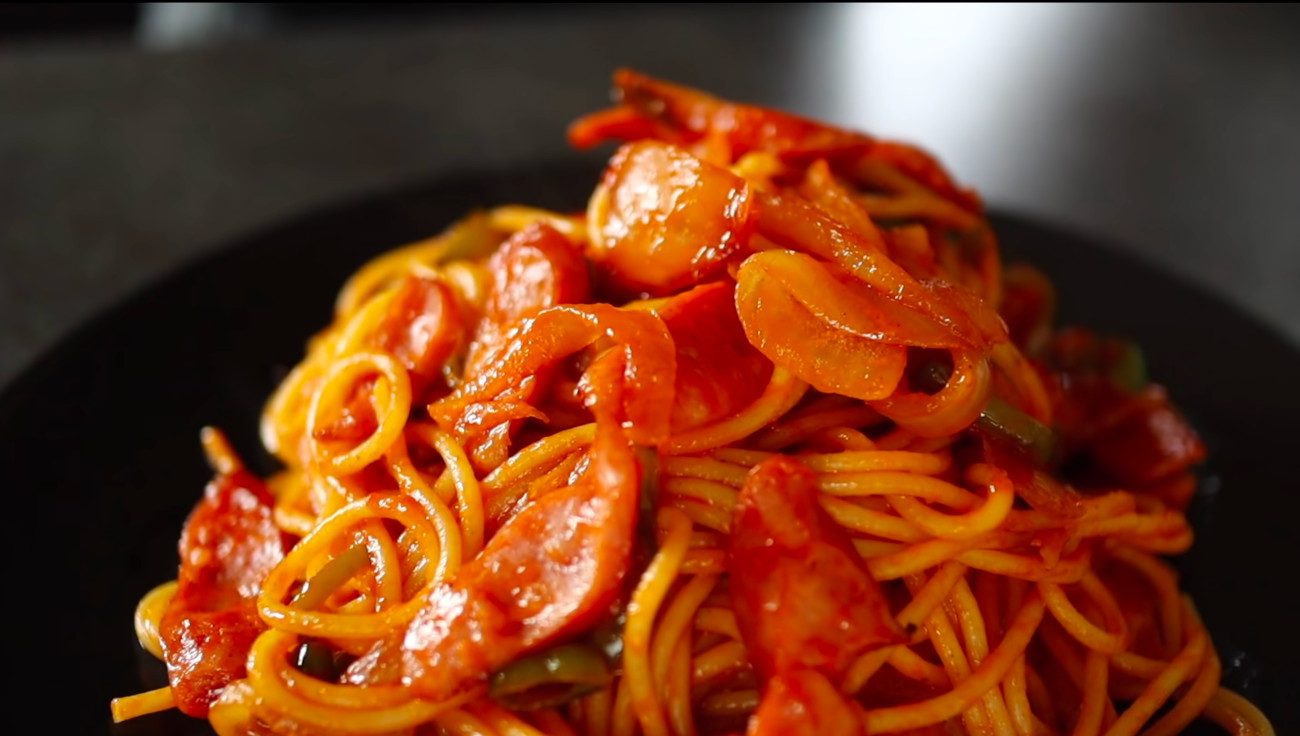
Now when you think of Napolitan spaghetti, you’re probably thinking of this dish coming from the city of Naples, but that’s far from the case. This dish is a 20th-century Japanese recipe and uses, yes, ketchup.
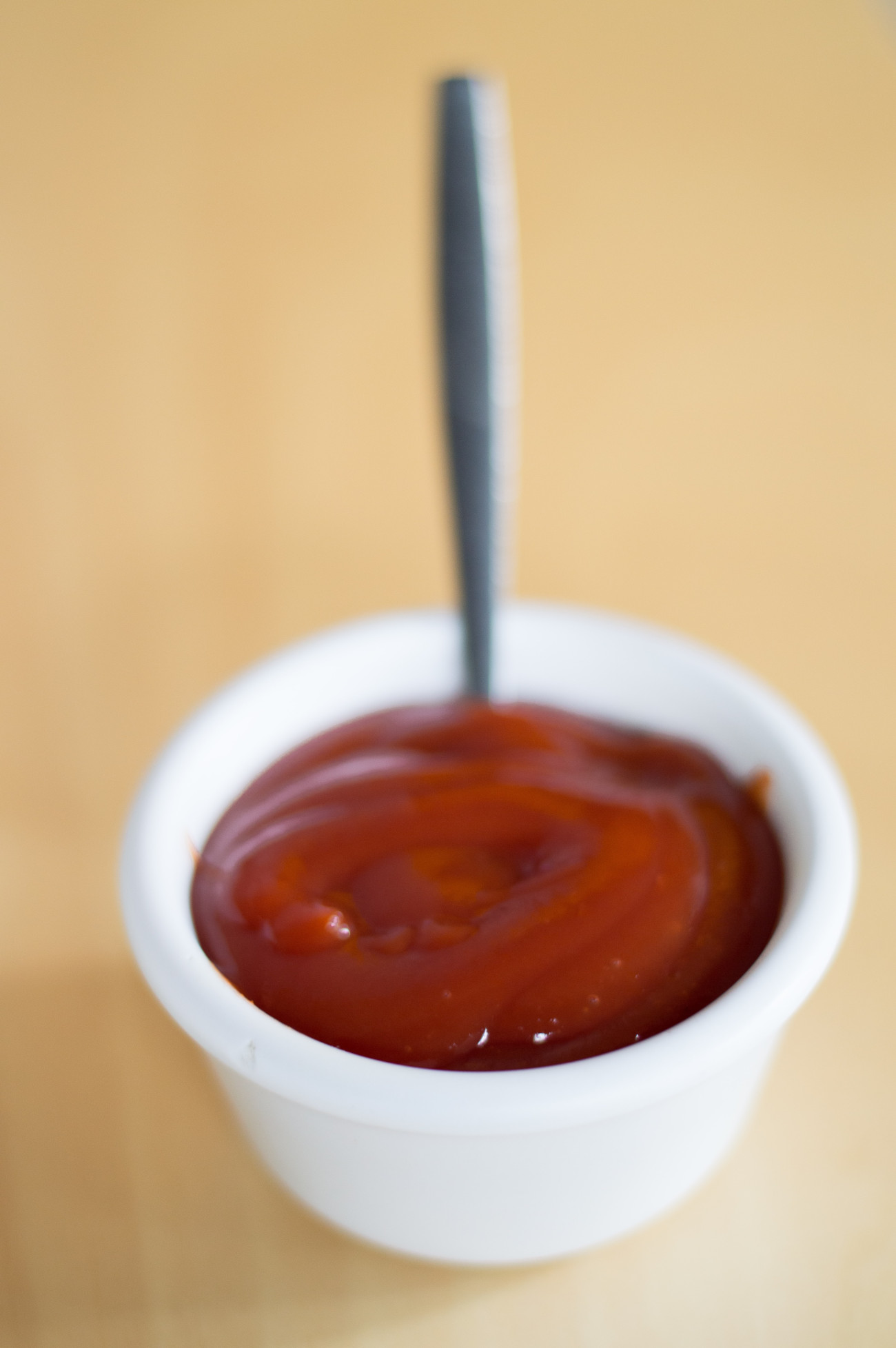
So why ketchup? Well, at first, it never was a ketchup dish. When General MacArthur arrived in Japan and worked out of Yokohama’s Hotel New Grand for three days, head chef Shigetada Irie wanted to present more western food. During the war, some of the American soldiers in Japan would adorn their noodles with ketchup, mimicking the tomato sauce more common at home.

Observing this food combination, Irie used his classical European training and made a sauce of tomato puree, mushrooms, and bacon. The dish became popular in Japan, but with the harsh food restrictions and limited access to imported products (like canned tomato puree), people simply used ketchup just as the soldiers did.
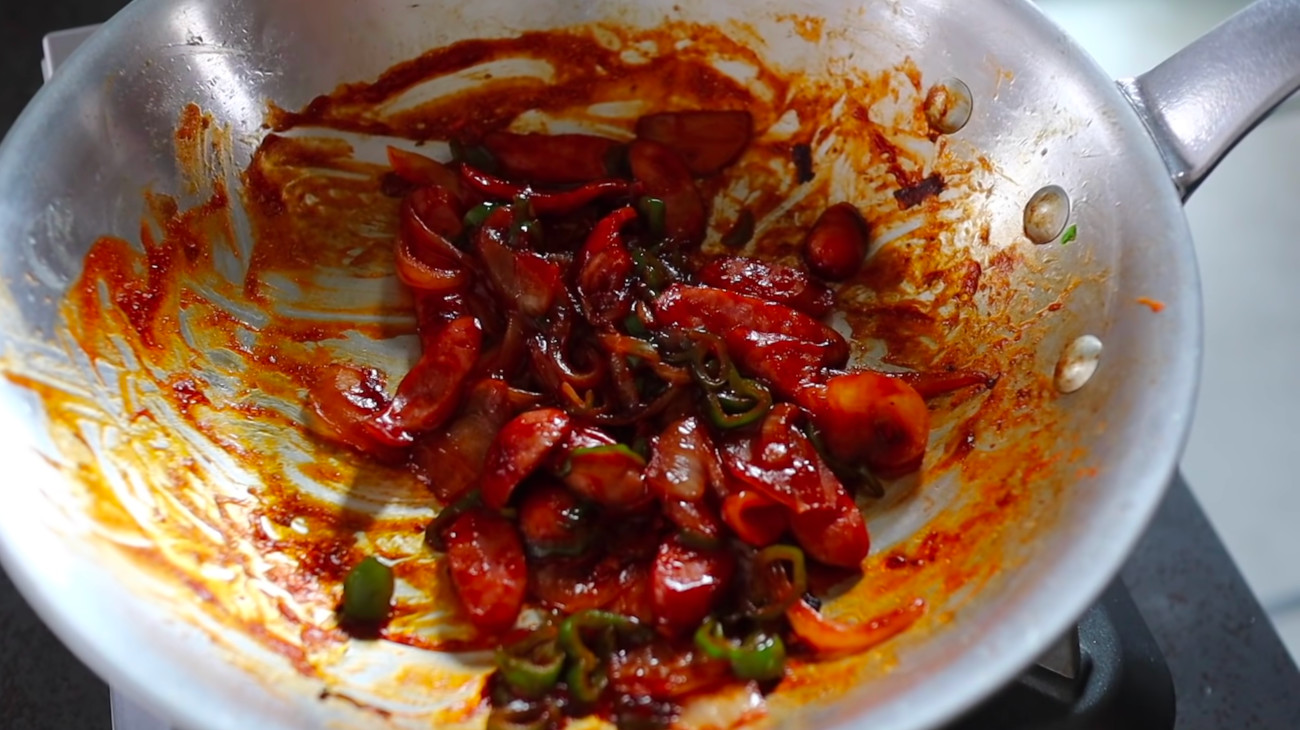
But Napolitan spaghetti is not just spaghetti with a drizzle of ketchup. It’s cooked with green bell peppers, onions, mushrooms, and processed meat (like hotdogs or canned ham). Cooked in a pan and tossed with salty pasta water transforms simple ingredients into a very different, higher category of deliciousness. The ketchup gives a glossy appearance to the pasta and the sautéed vegetables, you’ll be surprised how much it doesn’t taste like ketchup. In America, ketchup is used as a condiment, however when cooking Japan’s western food (called youshoku), ketchup is used as a seasoning in sauces.
Most modern recipes use just cooked pasta, but if you want to follow the traditional recipe like at Hotel New Grand, you let your spaghetti rest in the fridge for at least twelve hours, giving the spaghetti a chewy udon texture.
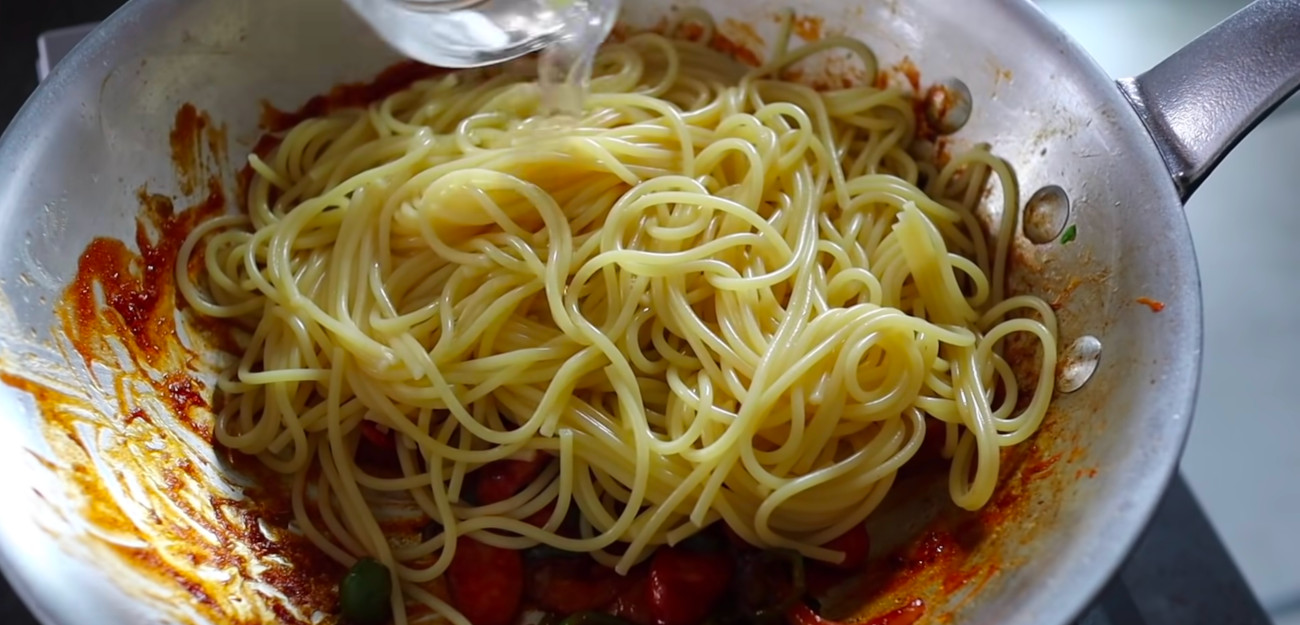
Take a swing at this pasta, you won’t be stuck in the weeds, the recipes online are super simple. When the spaghetti is ready and al dente, sauté your vegetables and sliced meat in neutral cooking oil. Modern recipes also use extra ingredients like mayonnaise or cheese (for creaminess), soy sauce, or garlic, you can add or subtract these new ingredients. Honestly, it’s okay if you don’t have these extras, use what you have at hand!
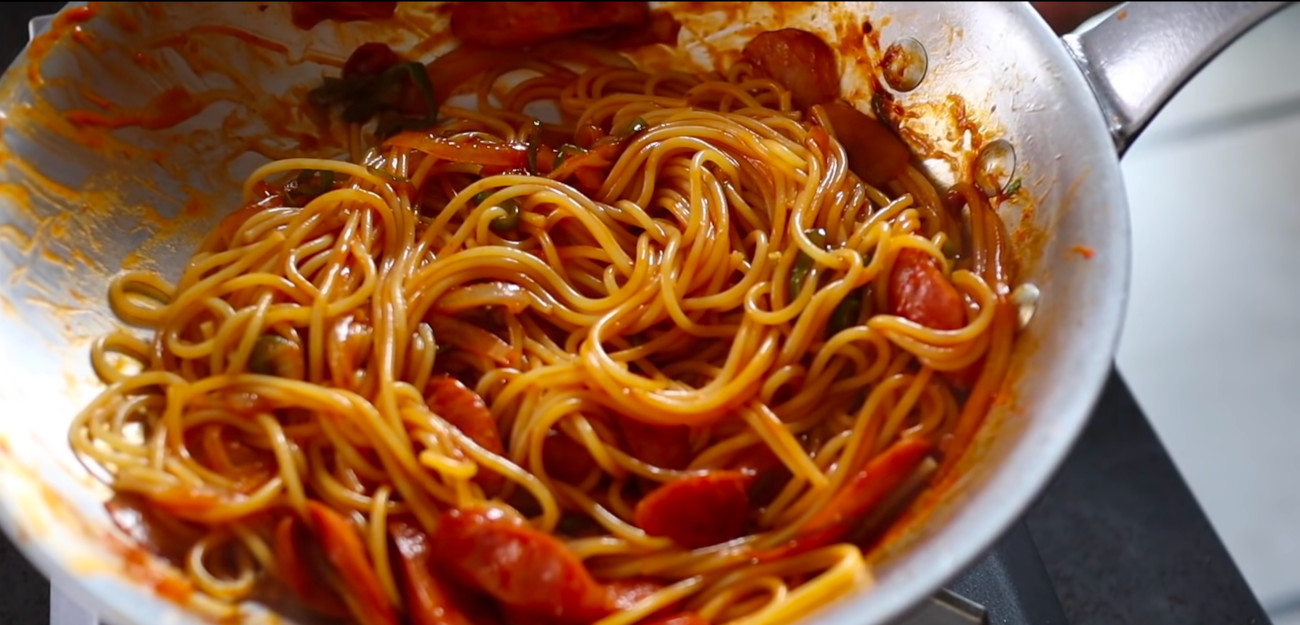
Once you start seeing the golden color of the meat and vegetables, you add the pasta, followed by small bits of ketchup. Stir all the ingredients together vigorously to distribute the sauce throughout the pasta, vegetables, and meat.
This video has a great, modern upgrade on the classic mid-century recipe. If you make it, tell us how it turned out!

